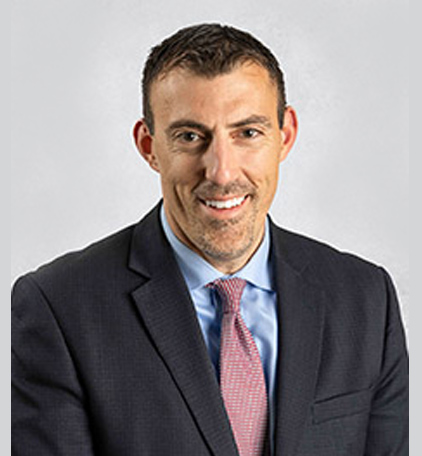
A damaged or diseased cornea can cause enormous vision problems and even blindness. The cornea, along with the lens, makes up two-thirds of the eye’s total optical power. With the cornea so crucial to sight, any perceived problems should be taken quite seriously. Our board-certified corneal specialist Dr. Stephen Khachikian has years of training and experience performing corneal transplants using a variety of approaches. For individuals in need of a corneal transplant, the Eye Institute offers a multitude of procedures and techniques to meet the needs of almost any patient.
IntraLase® Enabled Keratoplasty (IEK) – Combines refractive surgery and cornea surgery. Using the IntraLase® laser, the patient’s cornea is able to be removed and replaced, utilizing a ”tongue and groove” pattern to ensure a proper fit. The laser itself creates good adhesion, limiting the need for stitches.
